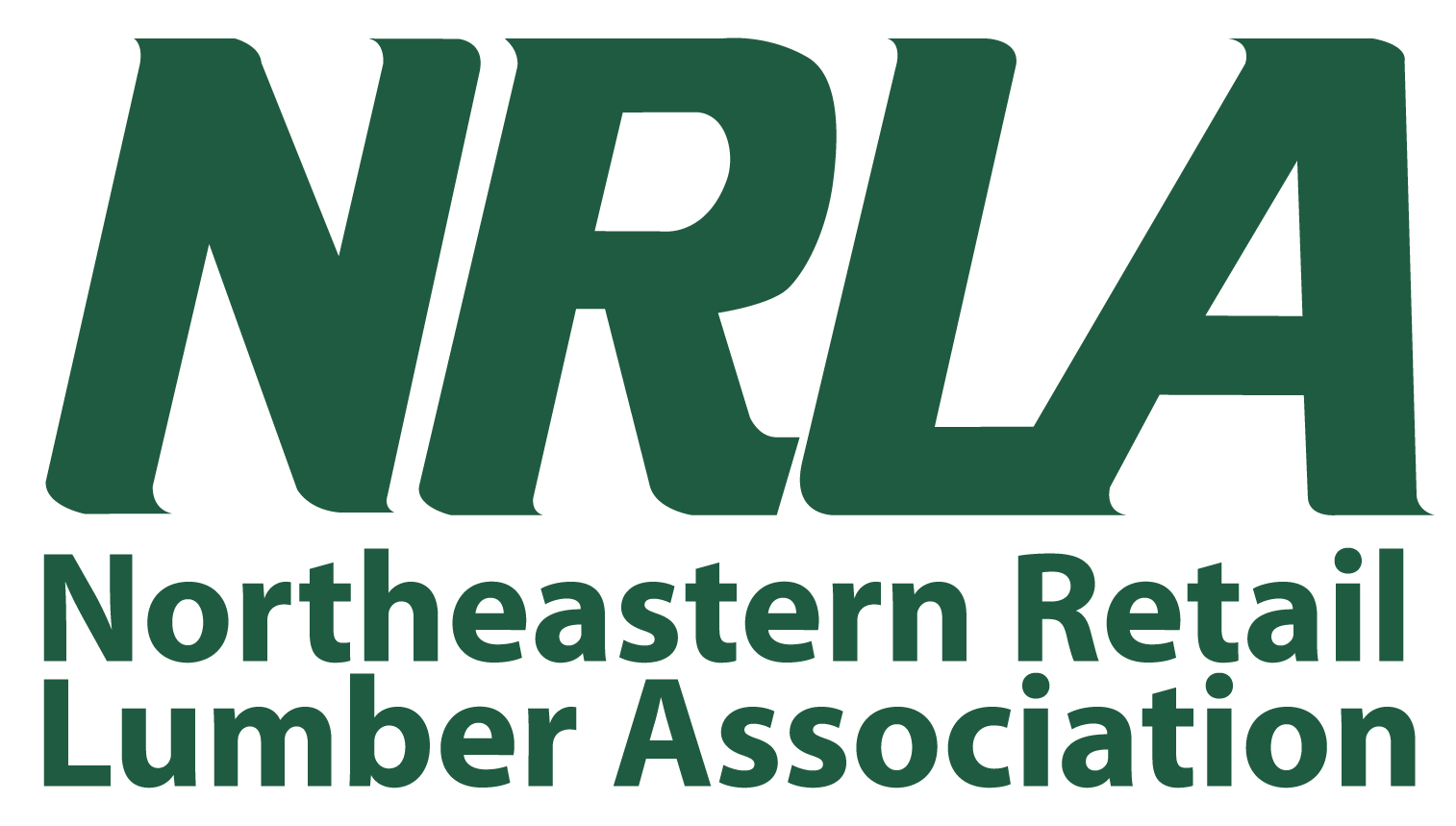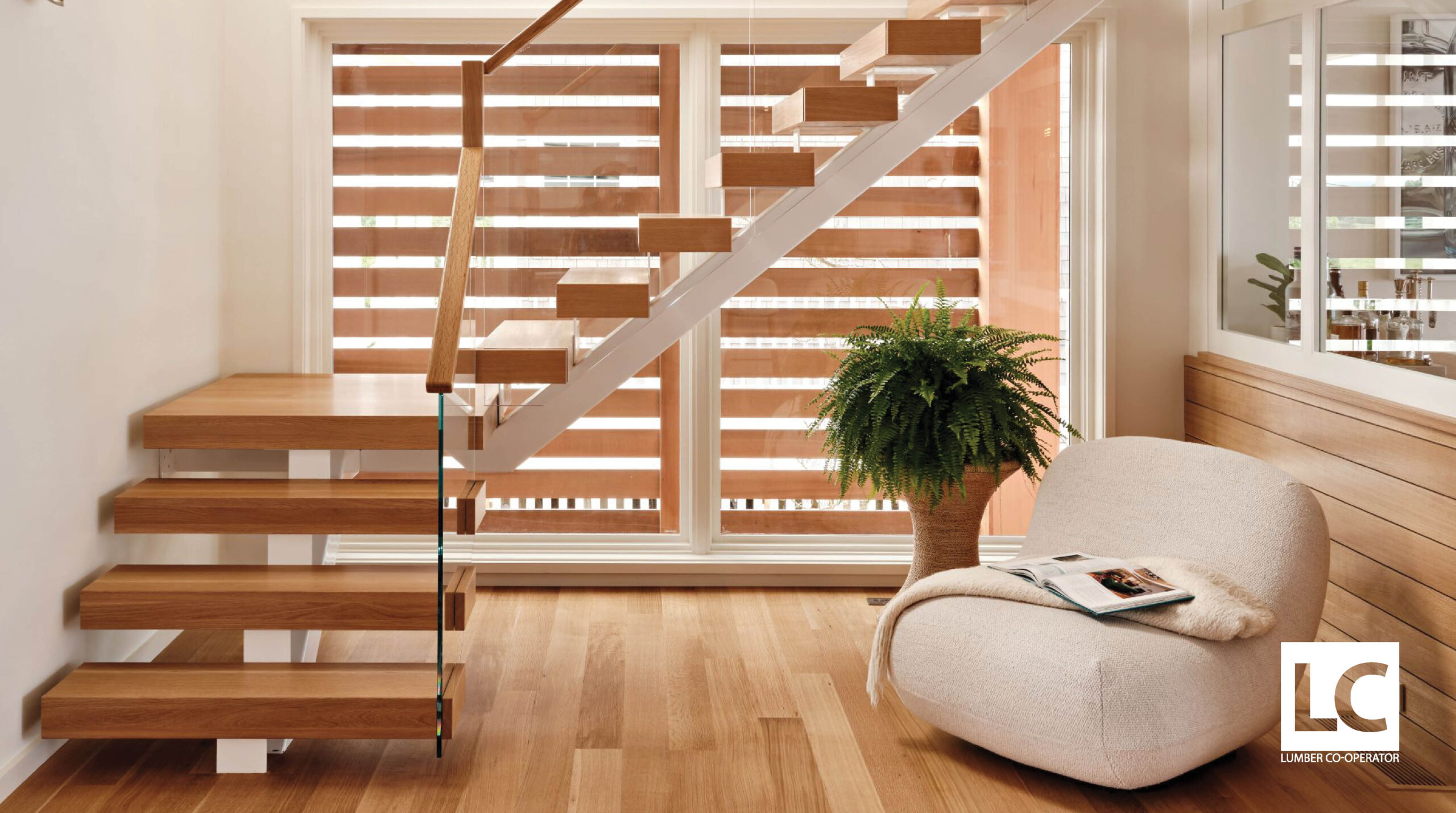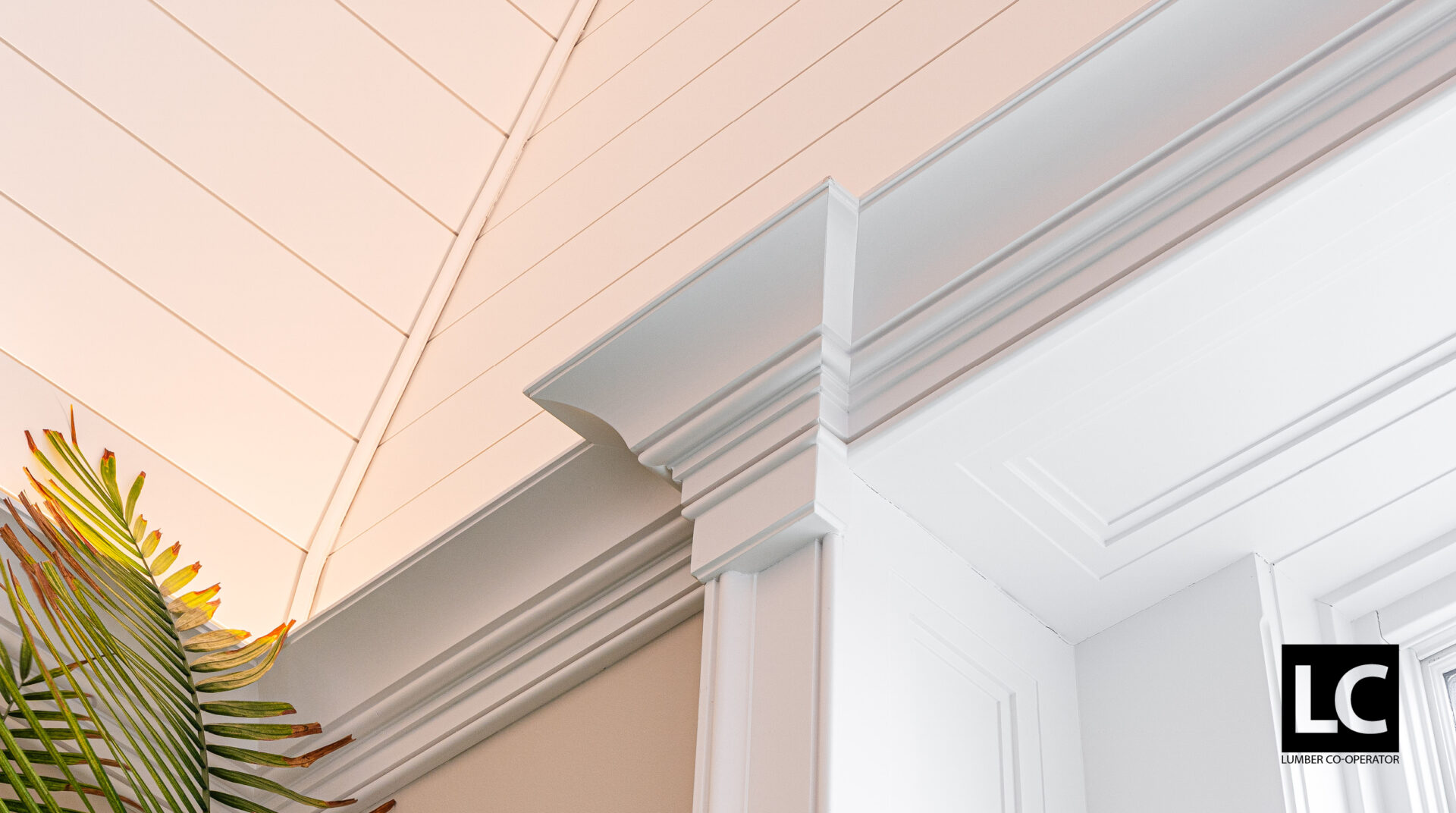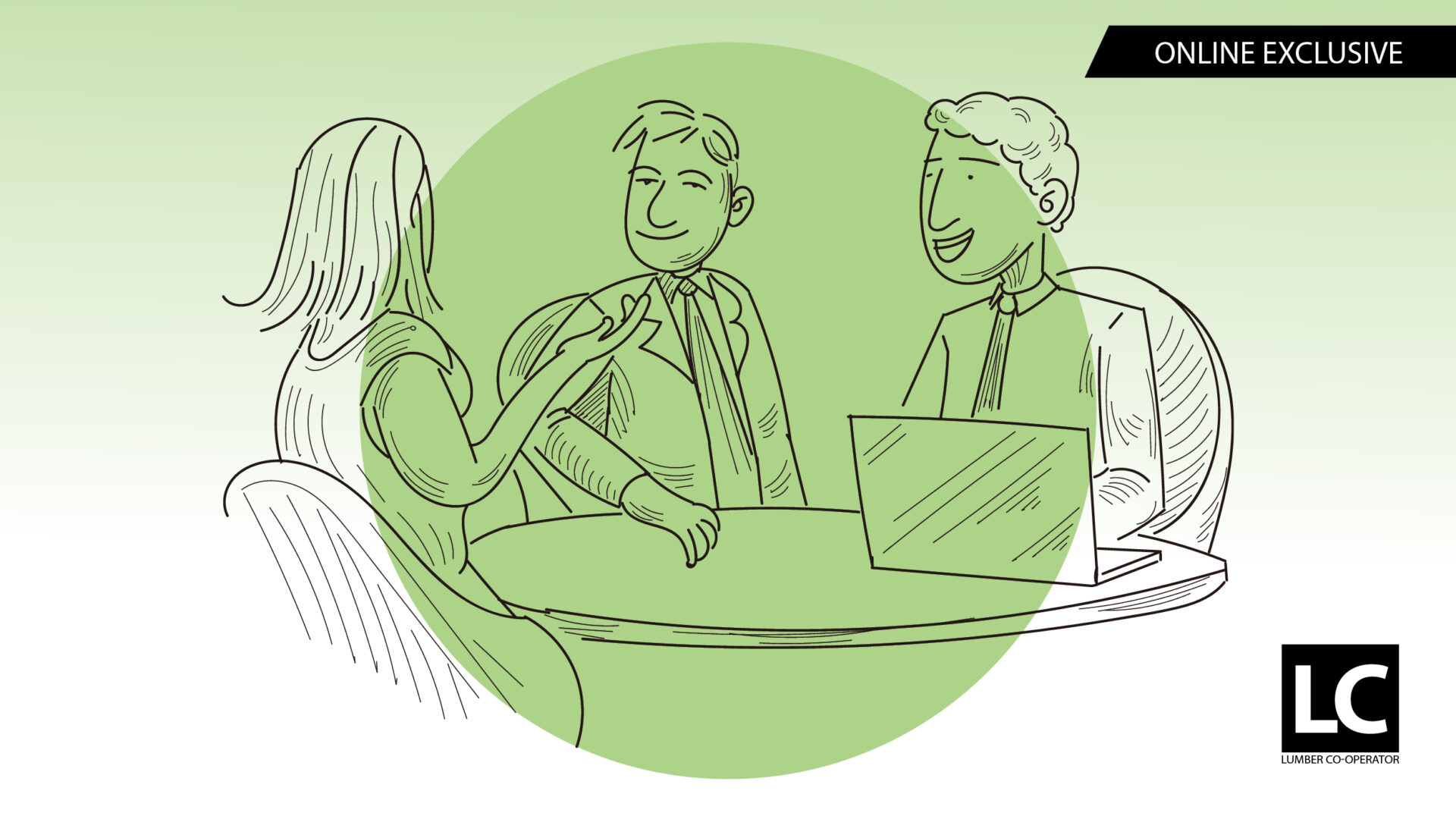The staircase has long been considered an essential element in the design of the home. In recent years, there has been a growing interest in staircase designs that not only serve their functional purpose but also make a bold and personal design statement. Homeowners and designers are seeking to create a unique staircase with customized elements such as a newel post (pictured right) or treads and handrails of a particular wood species. Here are some of the latest trends in staircase designs we are seeing in the Northeast:
Minimalistic Designs
The trend toward minimalistic designs in staircases is gaining momentum. The use of clean lines and simple shapes creates a sleek and modern look. As part of these designs, metal, cable rail, horizontal metal rods, powder-coated newels, and glass are all used with wood.
Metal
Metal balusters are taking over for wood balusters, or a combination of metal and wood. The use of simple metal balusters in a staircase creates a clean, simple design that will achieve the very popular industrial or modern farmhouse look that many people desire in homes today. The metal can range from its simplest form to one that is very ornate, fitting any type of home design.
Wood
Over the past several years, white oak has taken over red oak when it comes to treads, risers, rails, and other stair parts. Ten years ago, white oak was more affordable than red oak. Today, white oak is typically 125% more expensive than red oak. Maple treads and stair parts are beginning to make their way back due to their ability to be stained easily, especially with dark colors such as black.
Glass
Glass provides a clean, minimalist, and modern look and is popular in contemporary homes and commercial buildings. Glass balustrades offer an unobstructed view of the surrounding space, creating a sense of openness.
Floating Staircases
Mono stringer staircases use a simple beam that supports the entire staircase. This is also known as a floating stair because there are no visible support structures on the sides or under the stairs. Floating staircases are often paired with thicker, oversized wood treads that are 3-1/2”–4-1/2” thick.
We asked Dave Cooper, who represents the Stairbuilders and Manufacturers Association (SMA) in the development of codes, standards, and related research and testing, how he felt about the latest trends in stairs and their relation to stair codes. “In terms of the stair industry, I see the trend with the greatest potential as the return to natural elements,” he said. “The lower carbon footprint, weight, and cost alone will morph most midrise construction from steel and concrete to wood. It is well known that wood timbers perform better in fire and last longer than steel and concrete, providing additional time for egress. The demand for wood stairs, which are allowed in wood buildings, will affect every element in the supply chain, from standing timber to stair components.”
About the author: Dave Silvia of North Atlantic Corp. has 37 years of stair building experience, from hands-on construction to state-of-the-art manufacturing techniques. Throughout his career, he has been instrumental in the product development and design of many stair products at North Atlantic Corp. He enjoys meeting customers throughout New England and New York and making them feel comfortable with stair products, which can often be intimidating to many builders and dealers. Silvia is an active member of the Stairbuilders and Manufacturers Association (SMA). He has presented the preassembled stair AIA program to hundreds of architects and has thousands of views on “how to” stair videos on the Cooper Stairworks YouTube channel.







